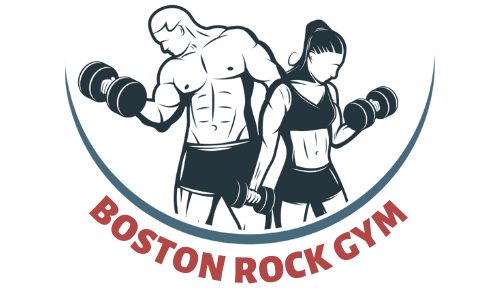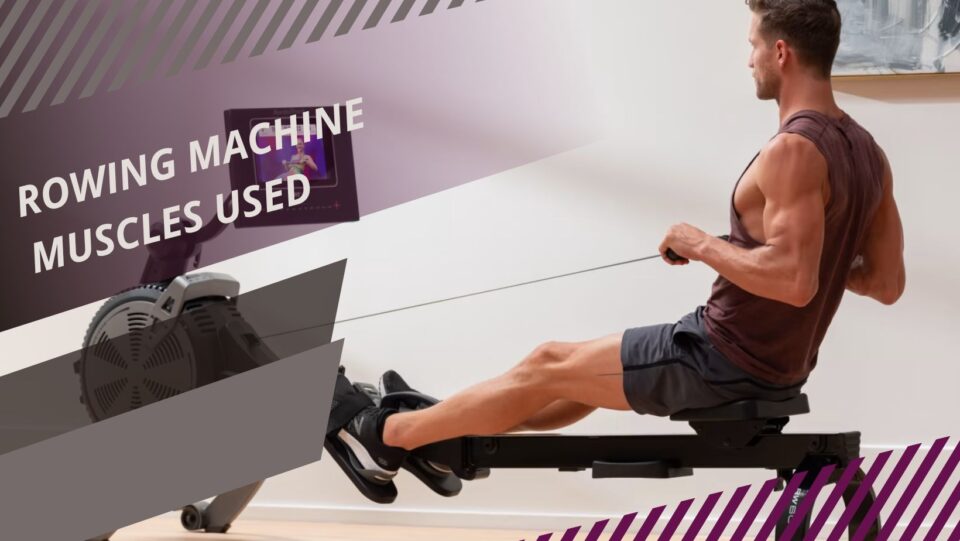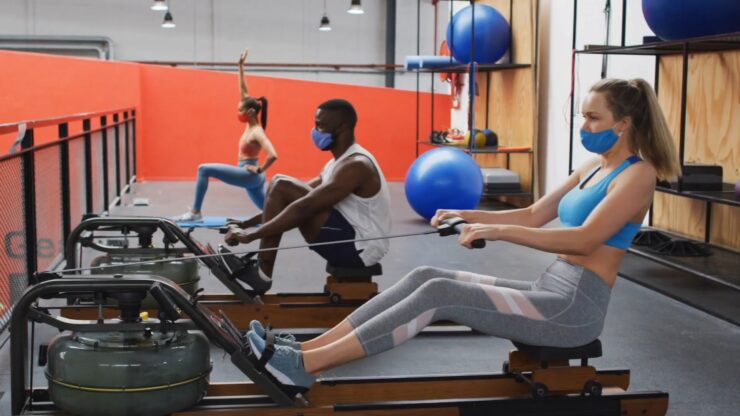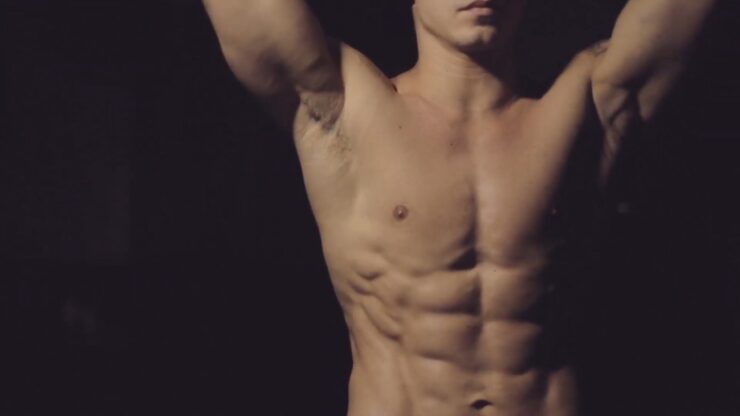The musculature of the back is an important group of muscles that provides support and movement to the upper body. It is a very important area of the body for various purposes so the muscles have a lot of roles to play. There are several muscles that make up the back, mainly the trapezius, latissimus dorsi, rhomboids, erector spinae, and serratus posterior.
Contents
Back Muscles: An Overview
The trapezius muscle is a large triangular muscle that runs from the base of the skull to the middle of the back. It helps to move and stabilize the shoulder blade and neck. It is also responsible for shoulder shrugging and head rotation movements.
The latissimus dorsi is the largest muscle in the back. It runs from the lower back to the shoulder and helps move the arm and shoulder. It is also involved in many different movements that are important for everyday life like pulling, lifting, and rotating.
The rhomboid muscles are located in the upper back between the two shoulder blades. They retract the shoulder blades and stabilize the shoulder joint. It is the central muscle of the upper back region and therefore crucial.
The erector spinae runs along the length of the spine and helps keep it upright and stable. When weak or underdeveloped, the spine suffers and bad posture occurs. The erector spinae muscles are also important for movements like bending and twisting.
Last but not least, the serratus posterior muscles are deep in the back. Although not very apparent or noticeable, they help to move and stabilize the ribs during breathing.
Overall, the back musculature is crucial for maintaining a proper, healthy posture, providing stability and movement to the entire upper body, and supporting many different activities such as lifting, pulling, and rotating. Because of this, the back is a very common area exercised at gyms and fitness centers.
Best Back Exercises
There are many effective exercises that target the back, as well as specific back muscles. They improve the strength and development of the aforementioned musculature and allow more movement, endurance, and a stronger, leaner physique. There are many exercises that are important for the back region and these are some of the best:
- Deadlifts – This is a compound exercise that primarily targets the erector spinae muscles, but also the lats, traps, and other muscles in the back.
- Pull-ups/Chin-ups – Two very common and popular exercises, both pull-ups and chin-ups are great for targeting the lats, traps, and rhomboids all at once. They can be performed with a variety of grips to target different areas of the back. A great thing about them is that they can be done basically anywhere.
- Rows – Another very effective exercise for the back is rows. They target the lats, rhomboids, and traps at the same time and are fan-favorite. Examples of rows include barbell, dumbbell, and cable rows.
- Lat pulldowns – Often thought of as the main back exercise, the lat pulldowns are done on the machine of the same name. These exercises target the lats and are a great alternative to pull-ups and chin-ups for those who cannot perform them properly yet.
- Back extensions – This is a bodyweight exercise that targets the erector spinae muscles. It can greatly help improve posture and lower back strength and is also good for preventing back spasms and spasms.
- T-bar rows – Another popular machine exercise, this one targets the mid-back muscles including the rhomboids and traps.
No matter what your fitness level is at the moment, it is very important to vary your exercises and rep ranges to ensure you are targeting all areas of the back and stimulating muscle growth in the best way possible. Make sure to use proper form and technique to avoid injury and maximize the effectiveness of the exercises.
The Rowing Machine
One of the most popular gym exercises includes the use of the rowing machine, a piece of exercise equipment that simulates the motion of rowing a boat. It includes a sliding seat, a handle attached to a cable, and a resistance mechanism. The mechanism, the weight, and the position can be adjusted for different user sizes and difficulty levels.
As the user sits on the seat, their feet are strapped into footrests. They grasp the handle with both hands and push back with their legs while pulling the handle towards their chest as they lean back. Reversing the motion, they return to the starting position. This is done in repetition for as long as possible. The resistance mechanism simulates different water conditions like calm or rough waters and can be set to varying levels of resistance.
Rowing on a machine is an amazing cardio exercise that does a lot for the body. It provides a full-body workout that targets many different muscle groups, including the legs, the arms, the core, and of course the back. It is a low-impact workout which means it is a great option for those with joint pain or injuries.
What Muscles Does It Use?
Now to the main part of the article. What muscles are used when rowing on this machine? Well, the legs are one of the primary muscle groups used here. When rowing, the user pushes off the footrests with the legs, thus engaging the quadriceps, hamstrings, and glutes. The quadriceps (quads) are located on the front of the thigh and are responsible for extending the knee. The hamstrings (hammies) are located on the back of the thigh and are responsible for flexing the knee. The glutes (buttocks) are responsible for extending the hip. While the user pushes off with the legs, all of these muscles are engaged to generate power and momentum.
The back is another important area where the rowing machine gives great results. The back muscles are heavily engaged when rowing. The latissimus dorsi (lats) are in the upper back and responsible for pulling the arms down towards the body. The trapezius, located in the upper back and neck, is responsible for stabilizing the shoulders and pulling them back. The rhomboids are located between the shoulder blades. They are in charge of retracting the shoulder blades toward the spine. These important muscles work together to provide stability and power during the rowing motion increasing their endurance, strength, and ability.
The core muscles are important when using a rowing machine too. The rectus abdominis (abs) flex the trunk and stabilize the spine. The obliques, the sides of the abdomen, rotate the trunk. The erector spinae that go along the spine is responsible for extending and supporting the spine. Thanks to the motion of the workout, the muscles work together and maintain proper form and stability.
Lastly, the arms and shoulders are engaged on the rowing machine. The biceps on the front of the upper arm (responsible for flexing the elbow) and the triceps on the back of the upper arm (responsible for extending the elbow) get a nice workout. The deltoids on the shoulders that abduct and extend the arms also benefit.



